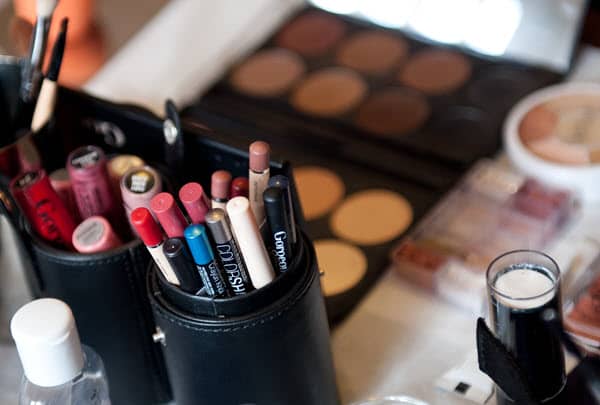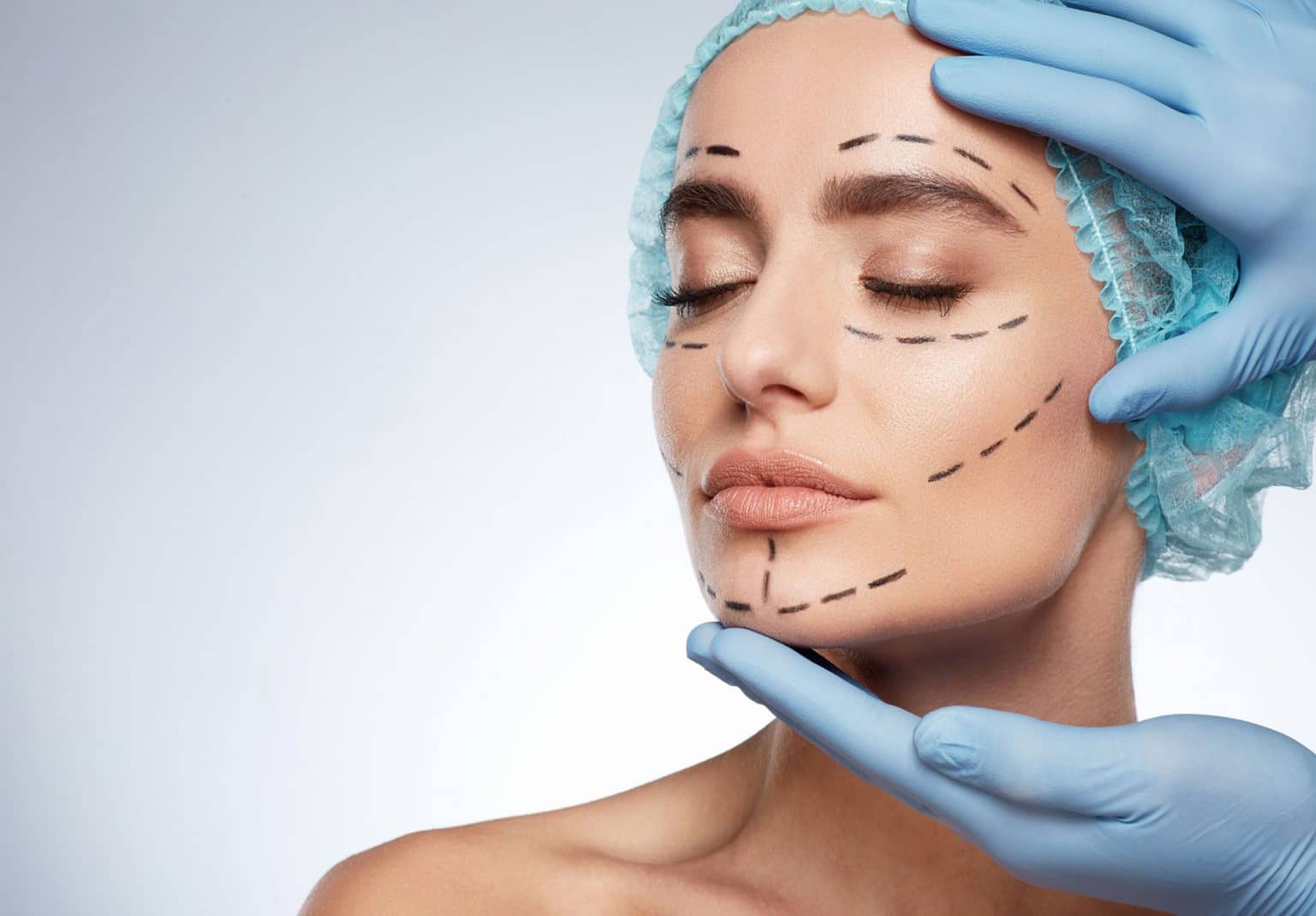For healthier skin, women are often caught in a cosmetic catch-22: for their facial skin to be healthiest, it should be kept clean and free of chemicals; however, many women feel that they look better with some makeup on and choose to wear it. The surprising thing for many women who have never bothered to look at the label on their makeup is just how many strange chemicals have found their way into cosmetics over the years.
Avoid makeup with these ingredients for healthier skin this year:
- Fragrance
There’s nothing wrong with the idea of makeup having a fragrance (though many women prefer getting their fragrance from perfume instead of from each separate kind of makeup they put on). The problem is that when an ingredient list lists “fragrance” as one of the ingredients, it doesn’t have to state the constituent chemicals that make up that fragrance. Therefore, it’s impossible to know what you’re getting.
- Parabens
Several studies have linked this popular makeup ingredient to different kinds of cancer, and yet it’s still featured in the majority of makeup brands you’ll find on your local department store shelf. Look for the label “paraben free” and avoid the ingredients “propyl” and “isopropyl” to steer away from parabens in your makeup.
- Petroleum Distillates
Frequently featured in various mascaras and eyeshadows, these chemicals are manufactured in the same facilities that refine petroleum for gasoline and other industrial uses, so it should be clear why you’d want to avoid putting them near your eyes.
- Lead
The government has numerous regulations on this dangerous neurotoxin, including strict limits on how many parts-per-million can be in our drinking water. So, of course, it couldn’t be in your makeup, right? Unfortunately, you’d be wrong to assume that, as over 60% of common lipsticks have lead in their ingredient lists.
- Synthetic Colors
Some makeup gets its color from natural sources, but other types use synthetic chemicals to get their unique shades of color. Usually labeled as FD&C[Number] or D&C[Number], they’ve been potentially linked to cancer and are best avoided.
- BHA & BHT
BHA (butylated hydroxyanisole) and BHT (butylated hydroxytoluene) are synthetic preservatives often used in moisturizers and lipsticks to extend their shelf life. But these chemicals are known endocrine disruptors and are known to be harmful to aquatic life when they make their way down our drains and sewers. Already controlled in California and the European Union, these ingredients should be avoided in your next makeup purchase.
- Formaldehyde and its derivatives
Formaldehyde used to be a common makeup ingredient until consumers wised up to its harmful effects (including birth defects) and started reading labels. Now, similar chemicals like DMDM hydantoin, methenamine, 5-Bromo-5nitro-1,3-dioxane may be less recognizable but are chemically similar to formaldehyde.
Thankfully, more makeup manufacturers have recently become attuned to consumer desires and started to create makeup that not only looks great but also helps keep skin healthier. Increased consumer awareness also means that women are checking the ingredient list on the makeup packaging before making a purchase.
We hope these tips help you switch to healthier makeup choices that will both help you look great and will not be potentially harmful to your body.




